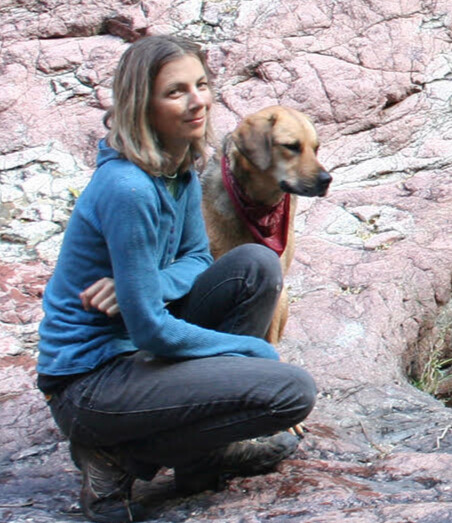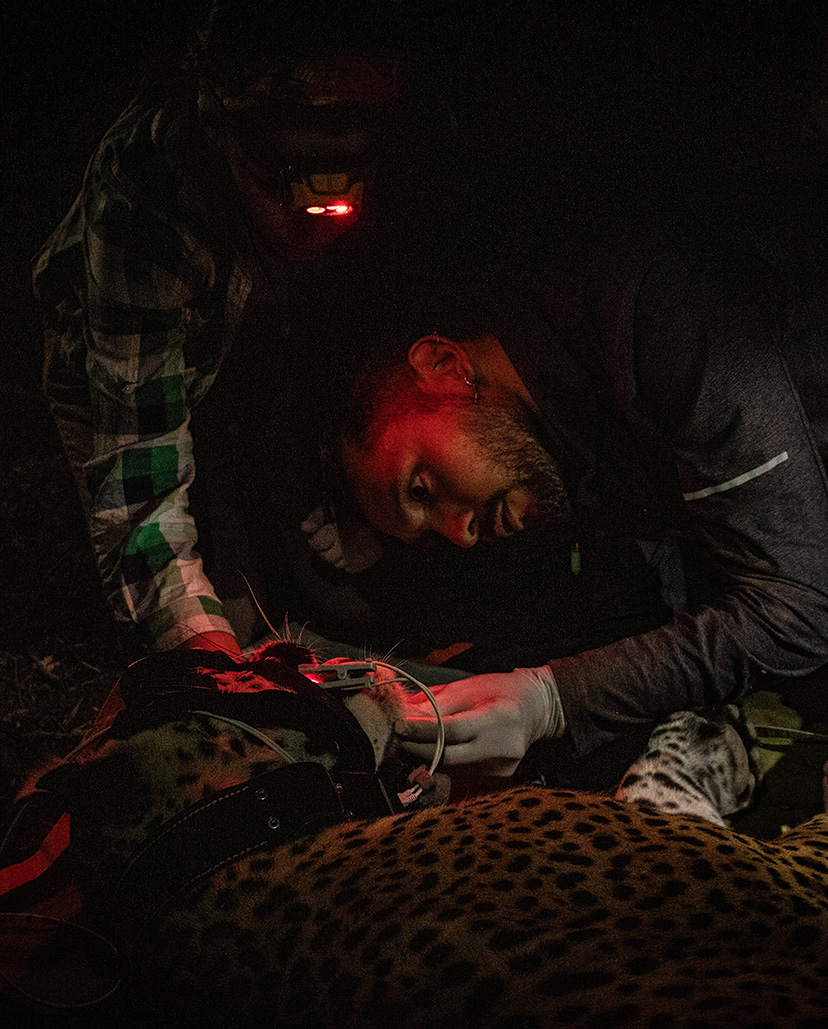Creatures of the Starlight: Looking for El Tigre in Sonora
September 12, 2025
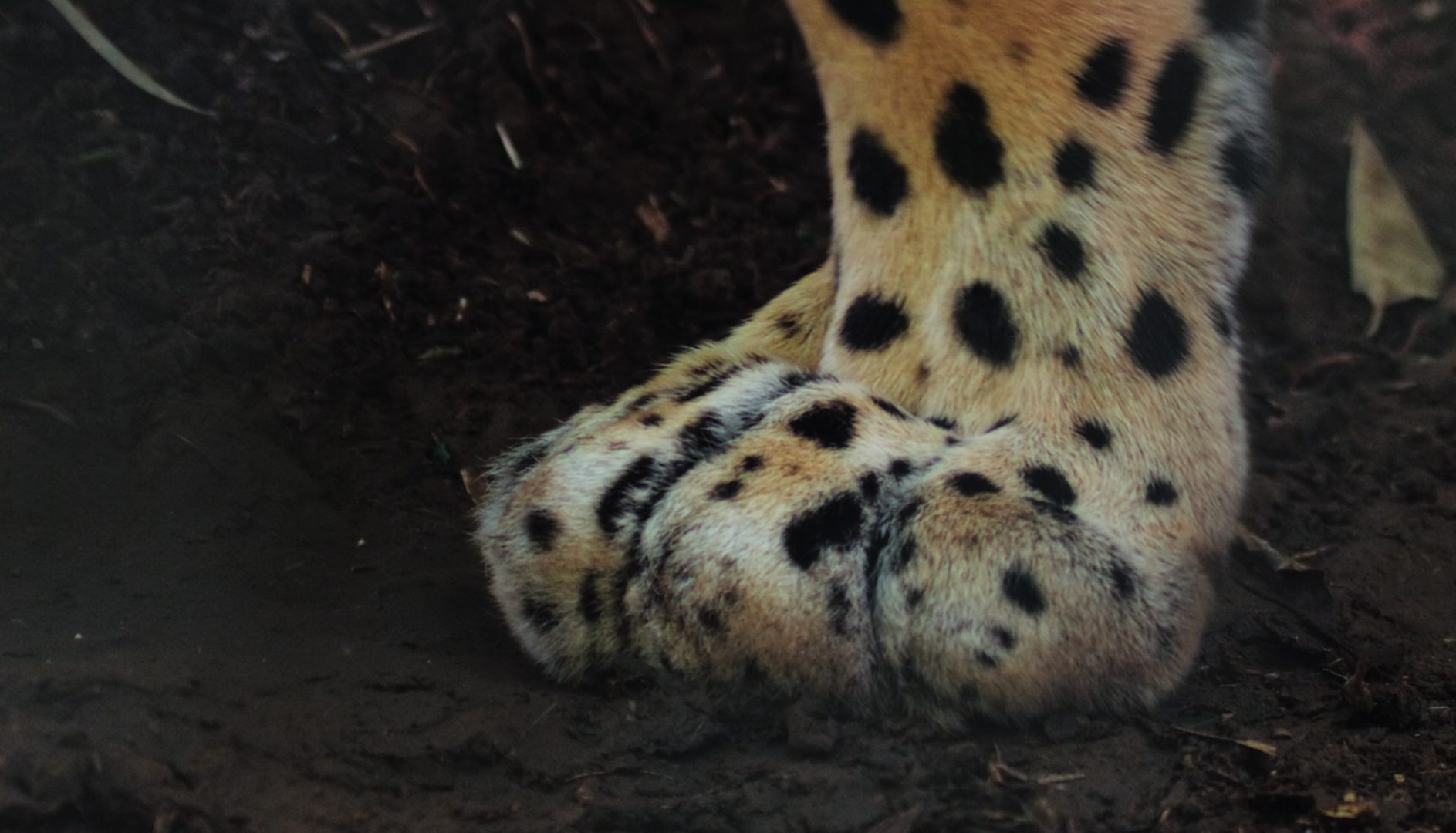
We met at El Impenetrable National Park in the Chaco region of northern Argentina. One of us a visitor from the U.S.-Mexico borderlands wanting to know just how to bring back a jaguar population. One of us working with Rewilding Argentina to recover the missing species of this landscape, particularly giant otters and the largest cat of the Americas.
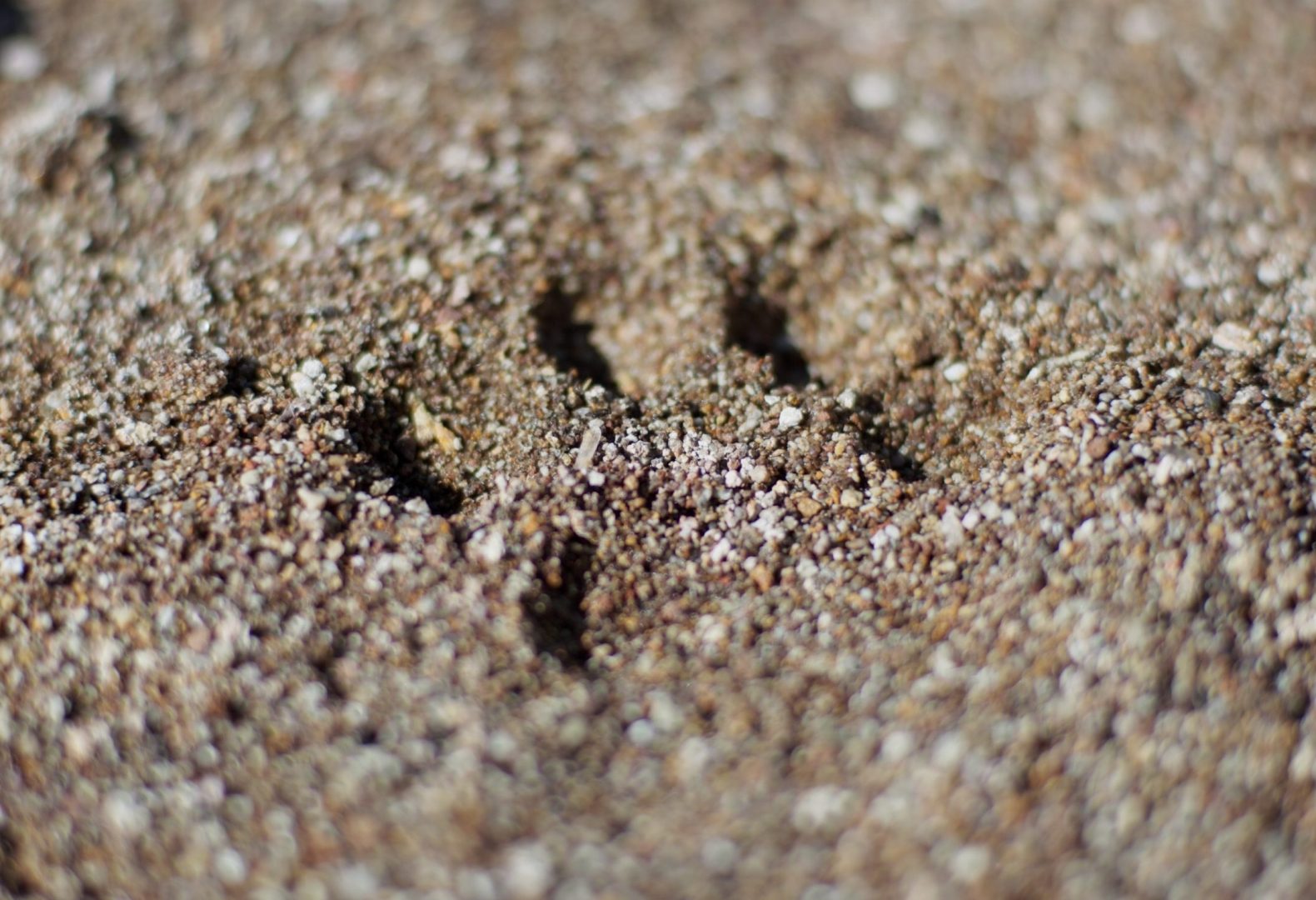
The experiences we have each had with jaguars are a world apart and stretch beyond geography. At our two ends of the species’ range, day-to-day interactions with felines are like night and day. In the southwestern U.S. and Sonora, Mexico, jaguars mostly go unseen by human eyes. Their movements are understood, as much as possible, through the use of motion-triggered cameras. Sometimes pawprints are found in the sand or mud next to a pond or river, but seeing one in person is an unrealized dream.
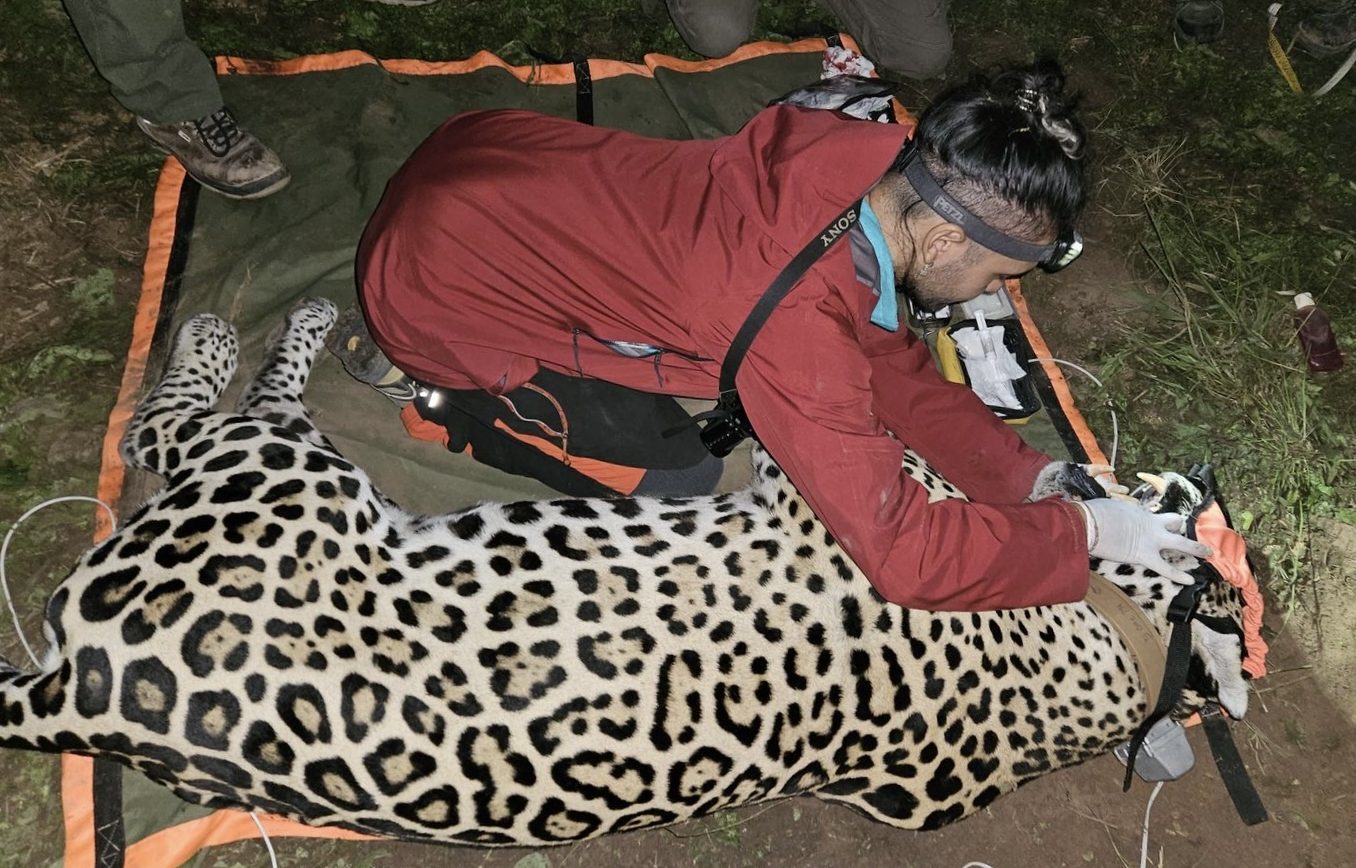
In Argentina, the field staff dwell directly alongside a growing jaguar population. It is not uncommon to ride a moto back to the station and come face-to-face with a jaguar crossing the road. Or to encounter a big cat lying in the grass, where in an instant the jaguar’s steady gaze perceives everything. There are times a jaguar will be captured and anesthetized to replace a worn-out radio collar, and in the process a male’s weight revealed to be a hefty 225 pounds, a size unfathomable in arid habitats far to the north.
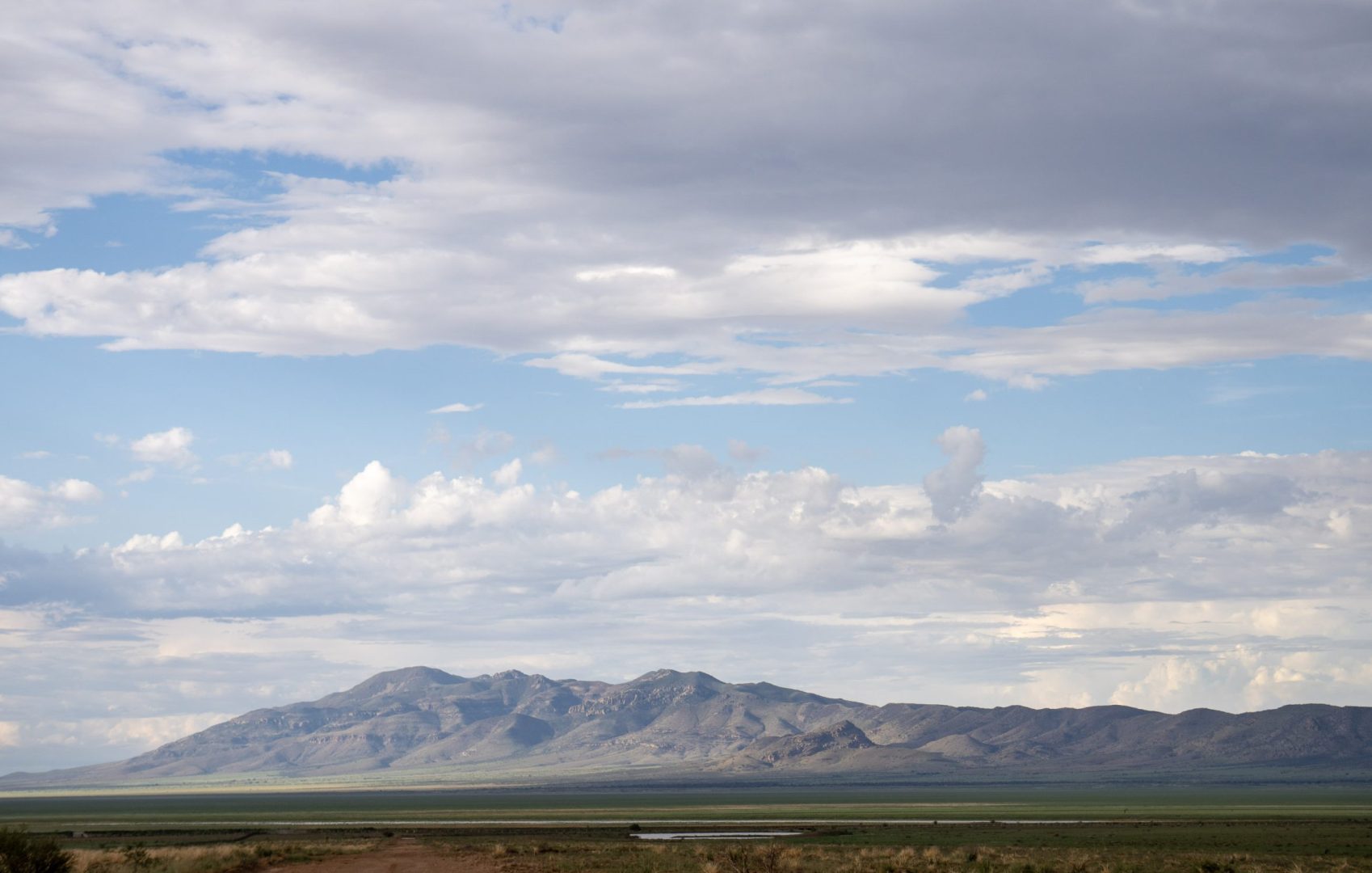
Our exchange of information and ideas began on long walks to the giant otters’ pre-release enclosure and through the experience of releasing a female jaguar named Miní into the wild at El Impenetrable. The parallels for jaguars in Argentina and Arizona/Sonora go beyond their endangered status, small population numbers, and variety of ongoing threats. In each continent, impassioned work is underway to expand protected lands and establish corridors for jaguars to move between these hotspots without peril.
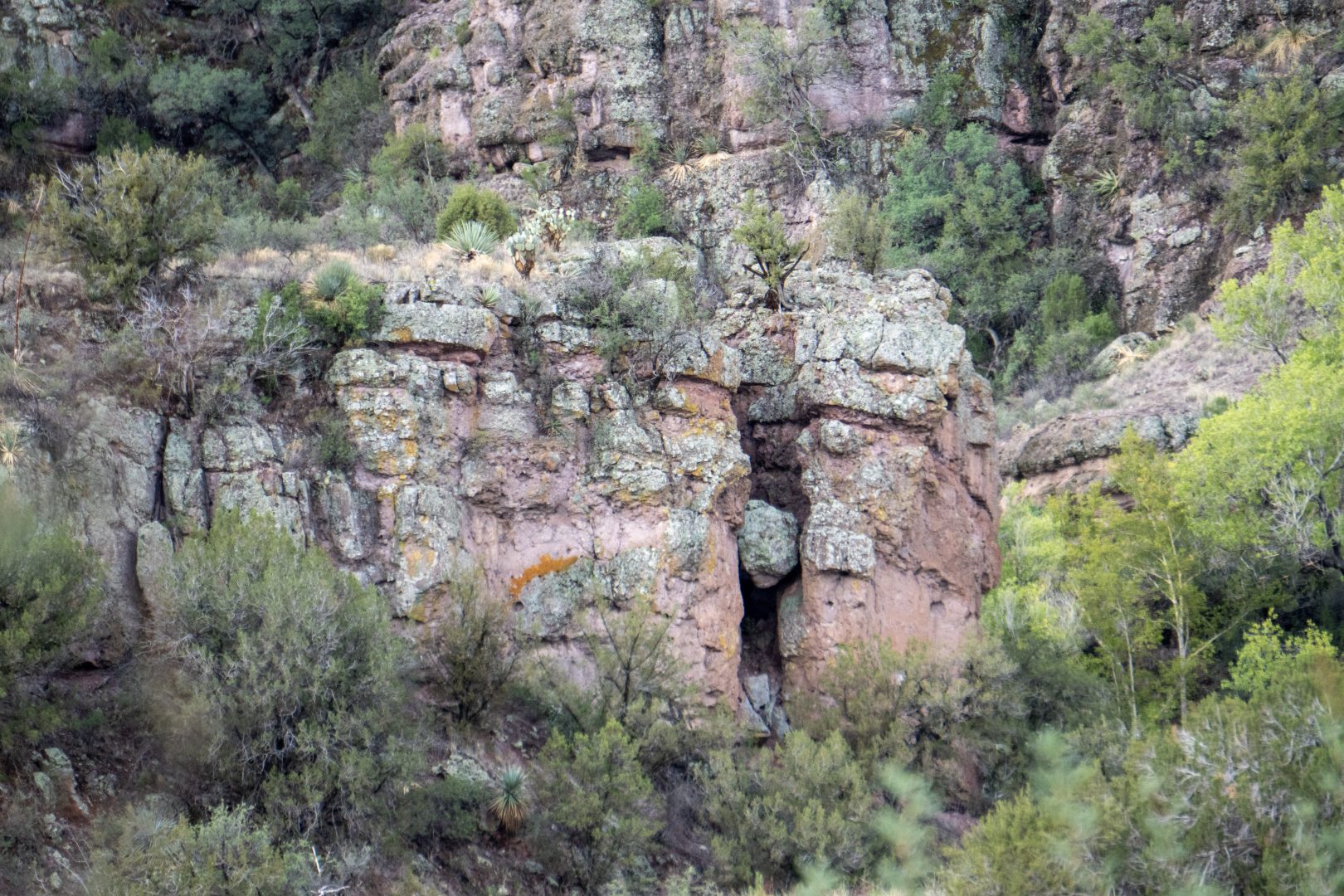
One distinction: Jaguars are being reintroduced only in South America. That could change with bold vision, cooperation, and broad support. The scale of what is needed to truly safeguard and recover jaguars on both sides of the U.S.-Mexico border is as large as what one would expect for a cat their size. From what we have seen, the reward is worth the effort.
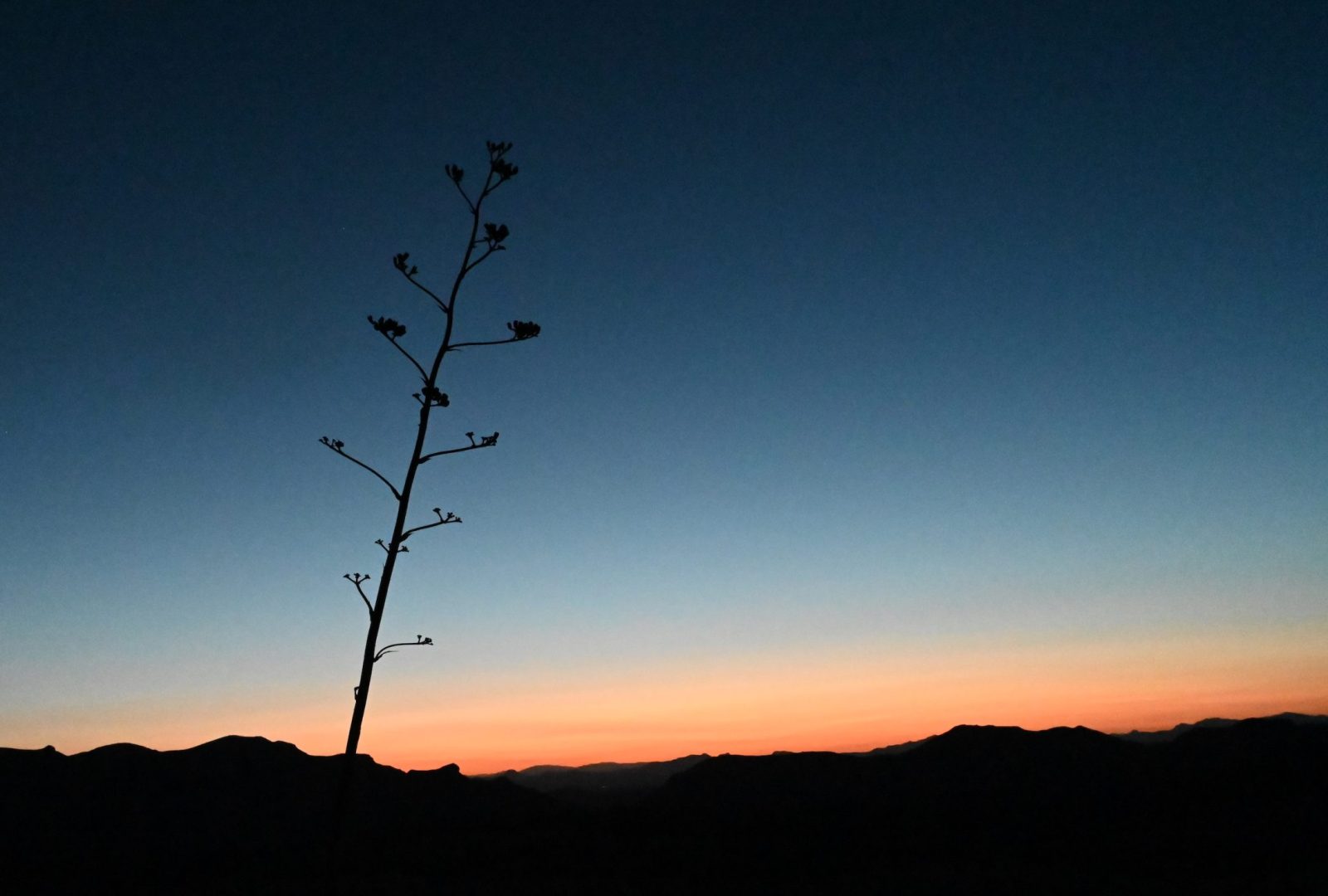
A few months after Miní went free, we swapped our visitor hats and resumed our dialogue in Sonora in the shadow of the U.S.-Mexico border wall. Standing next to this dystopian, 30-foot architectural divide was sobering and far more imposing up close than from even a short distance. Our perspective of the wall’s cruelty deepened once we placed our hands on it and listened to the moaning sounds the wind makes against the metal. To hear that a javelina squeezed between the steel beams to reach the other side – but became wedged, stuck, and died – was heart-sinking.

The wounds the wall and its infrastructure carve on the land are profound. When we think of what it means for jaguars, and all the human and animal societies it separates, we have to remember that walls can come down. This was in our minds as we came to know places jaguars currently reside and where they should be, even as bulldozers arrive for new construction to the west.
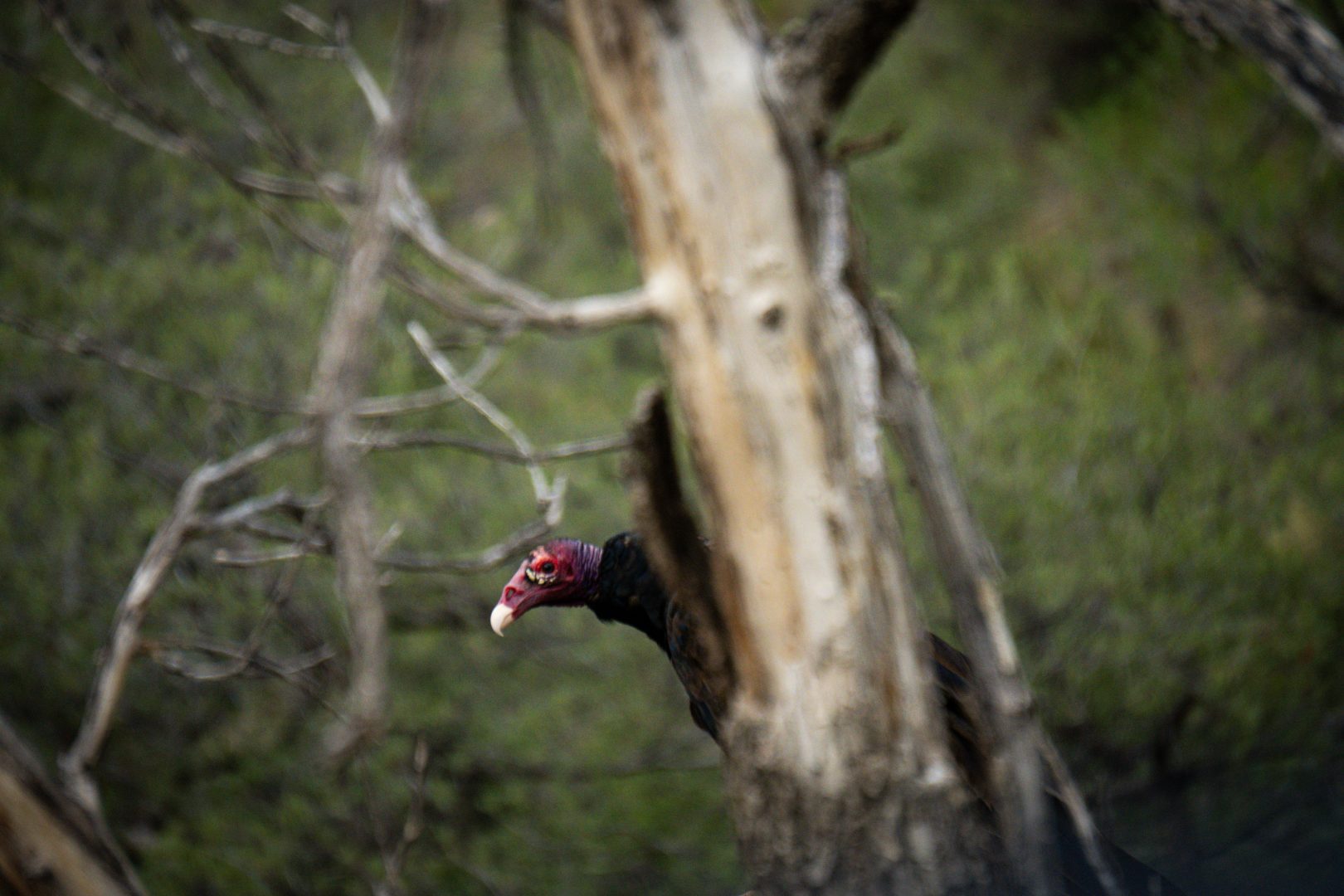
We were now at the epicenter of borderland jaguar habitat at Cuenca Los Ojos, the name of both a binational conservation organization and the land it holds as a private reserve. What started more than 30 years ago as a humble project to protect native fish has developed into a skillfully led, highly energetic team determined to restore and rewild complete ecosystems. They have the baton and seem to be running with it to reverse biodiversity loss, already helping bats, birds, beaver, and bison.
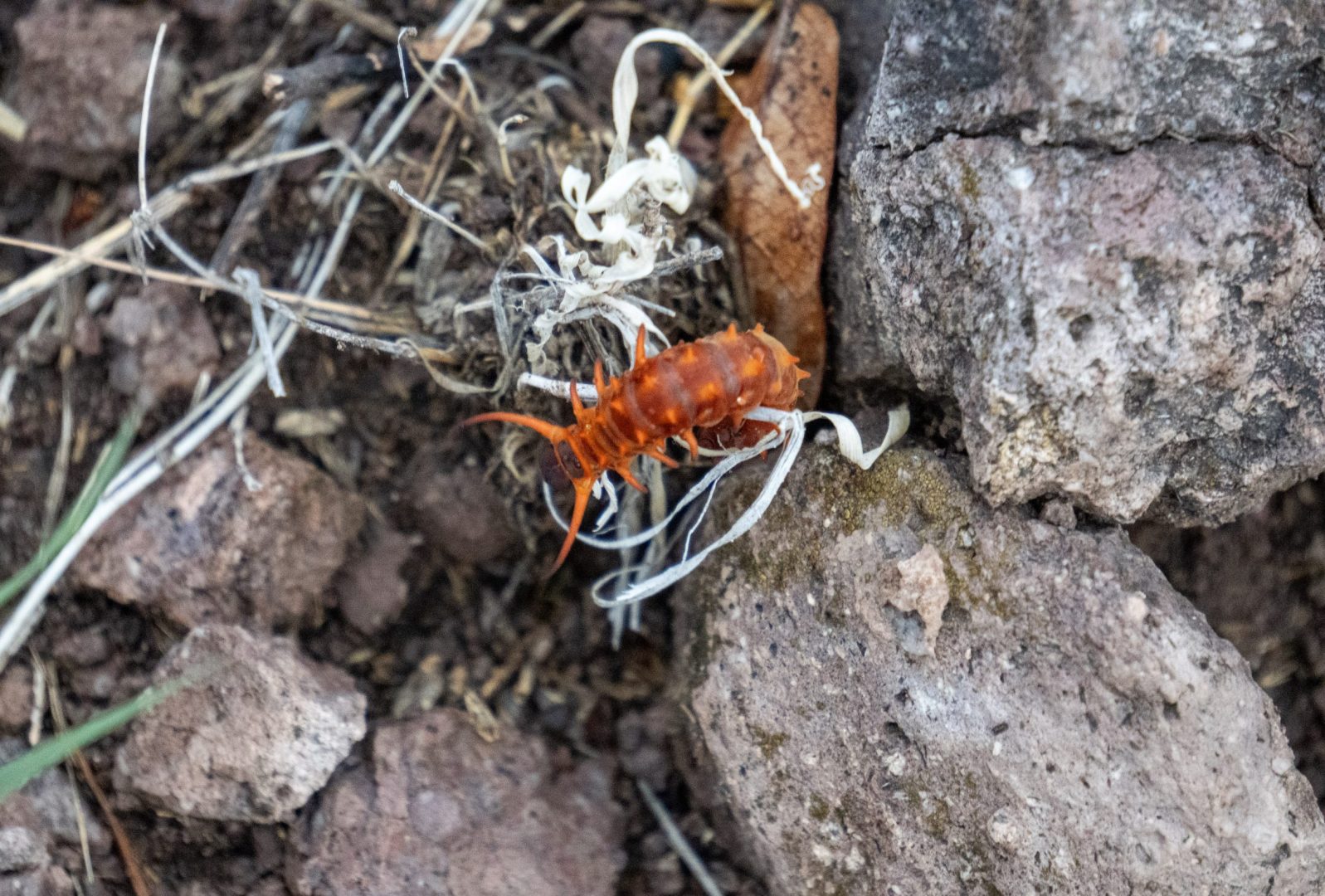
A Gila monster greeted us when we arrived, deer bounded up the hillsides. We witnessed the build up of monsoon thunderheads and ensuing rain, after which red velvet mites emerged and we followed the trail of caterpillars soon to be swallowtails. Yuccas were flowering, as were some of the cholla cactus, and acorn woodpeckers flashed about.
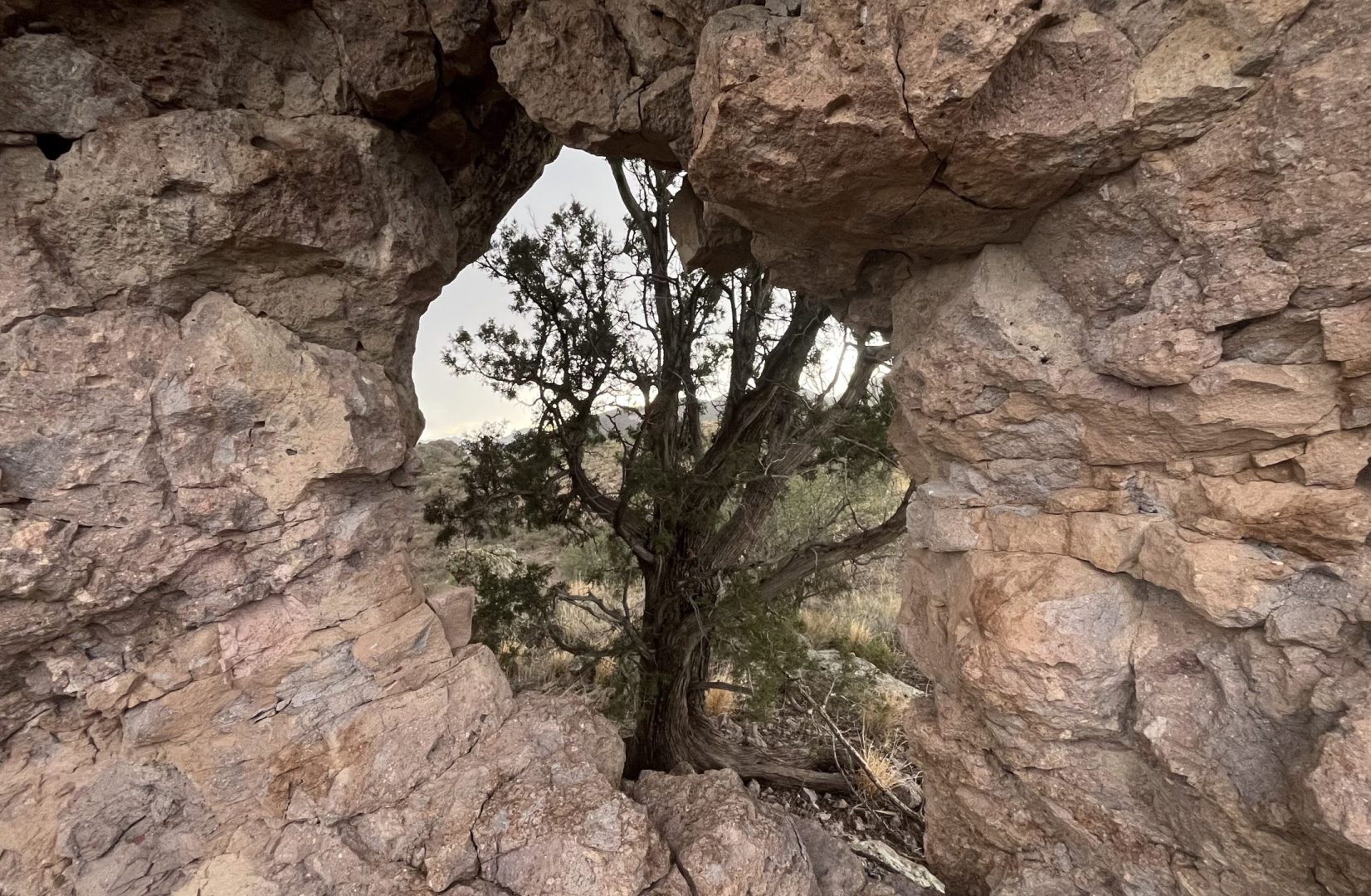
Rattlesnakes lounged in open spaces to soak up the morning sun. We hiked past juniper trees and climbed among rock outcroppings as ravens coasted by. From this vantage, ribbons of green showed us the path water flows year-round in the Cajón Bonito below. In the midst of a region-wide megadrought, Cuenca is a welcome, life-giving oasis.
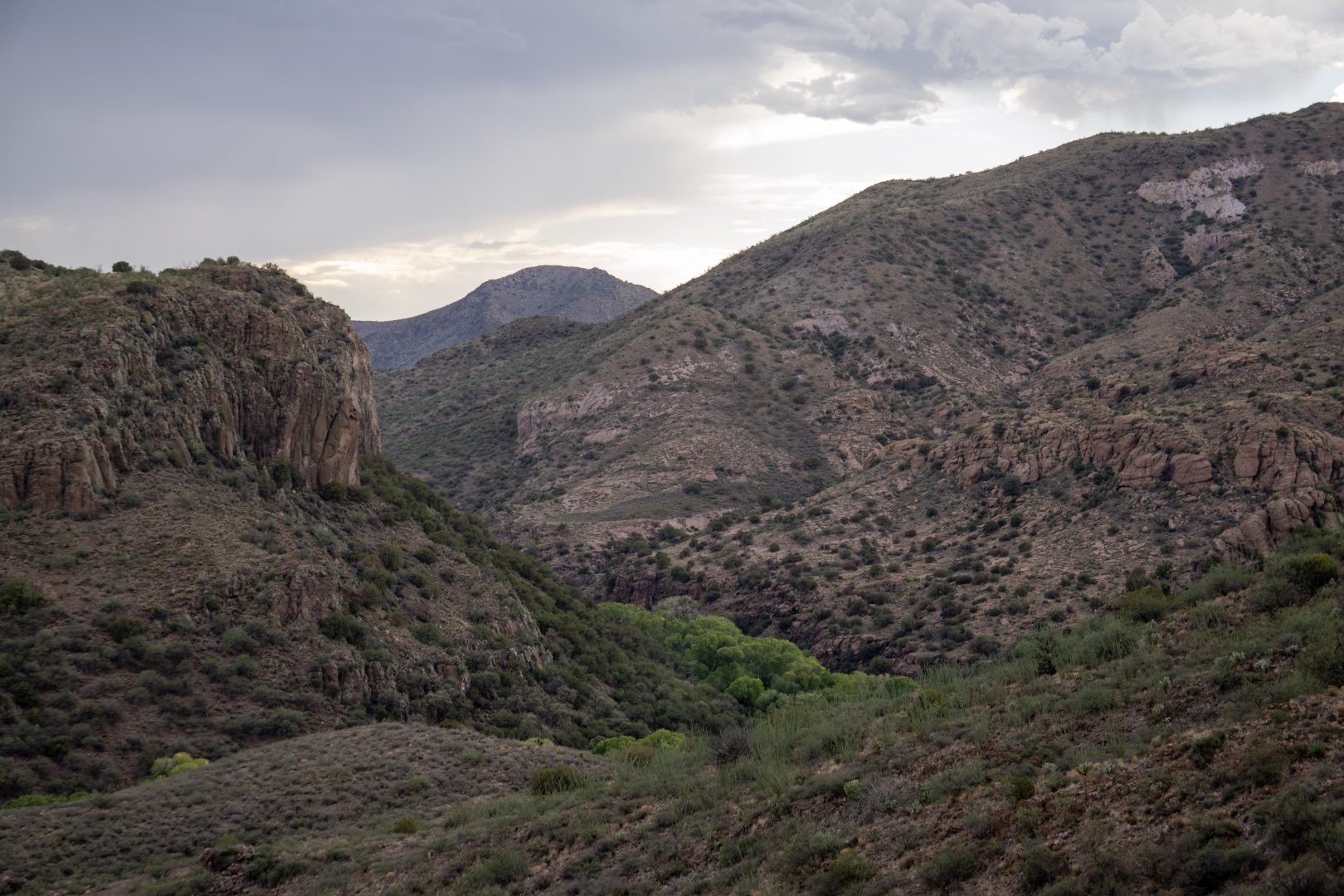
Water is the throughline everywhere jaguars exist. It is as fundamental to their movements as finding enough prey to sustain them. Cuenca’s early vision to implement restoration works and bring water back to the land could very well be why bachelor jaguars have appeared on motion-triggered cameras here in recent years.
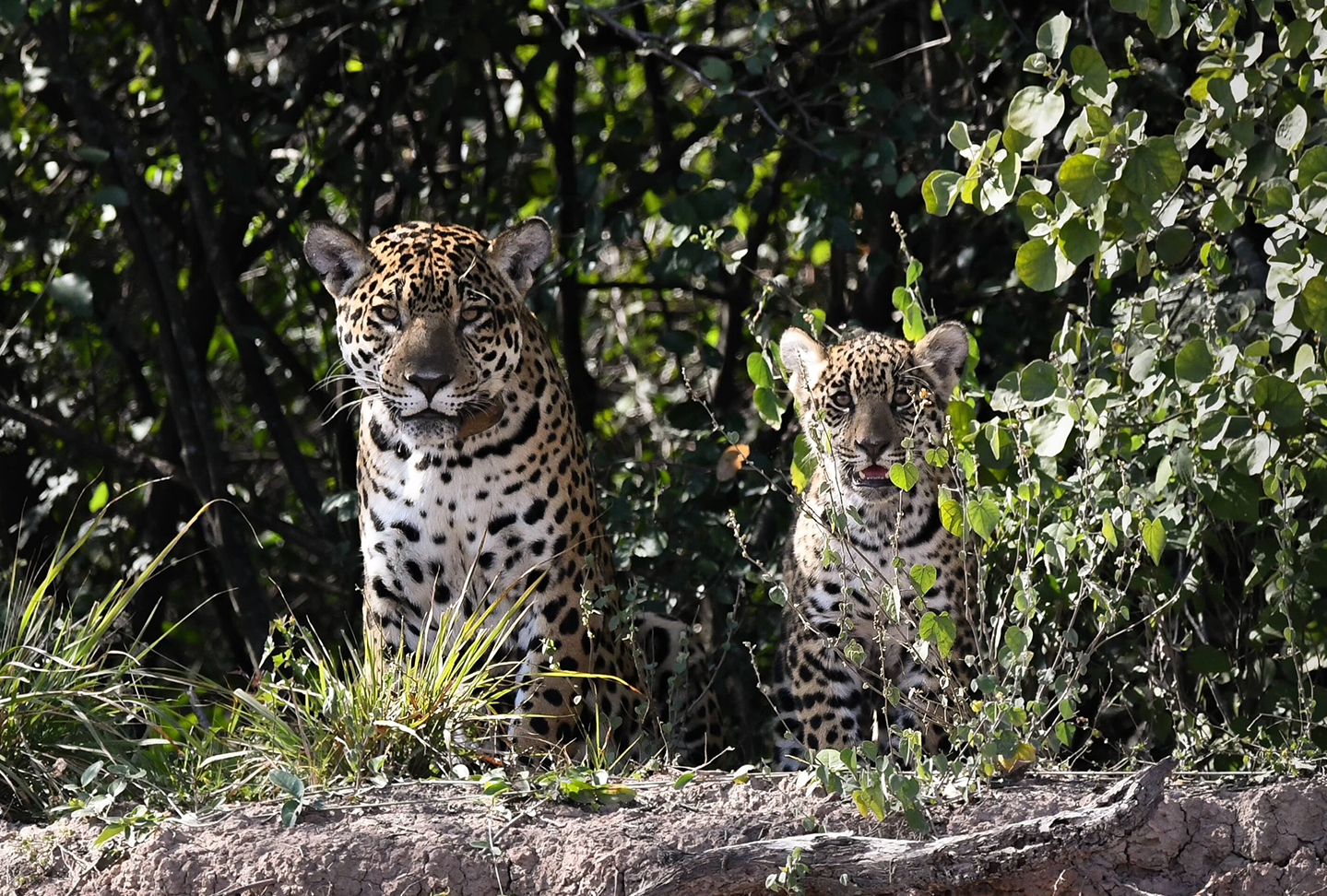
Yet if male jaguars are unable to find a mate, the population will eventually dwindle. So far, no female jaguars have been confirmed this far north, which reminds us of the situation males faced at El Impenetrable before reintroduction began. We were at Cuenca when we learned that just one year after the female jaguar Nalá was released at El Impenetrable, she was sighted on the banks of the Río Bermejo with her wild-born, five-month-old cub. This young jaguar is the first offspring recorded in decades in the Argentine Chaco; we know the same can happen near La Frontera.
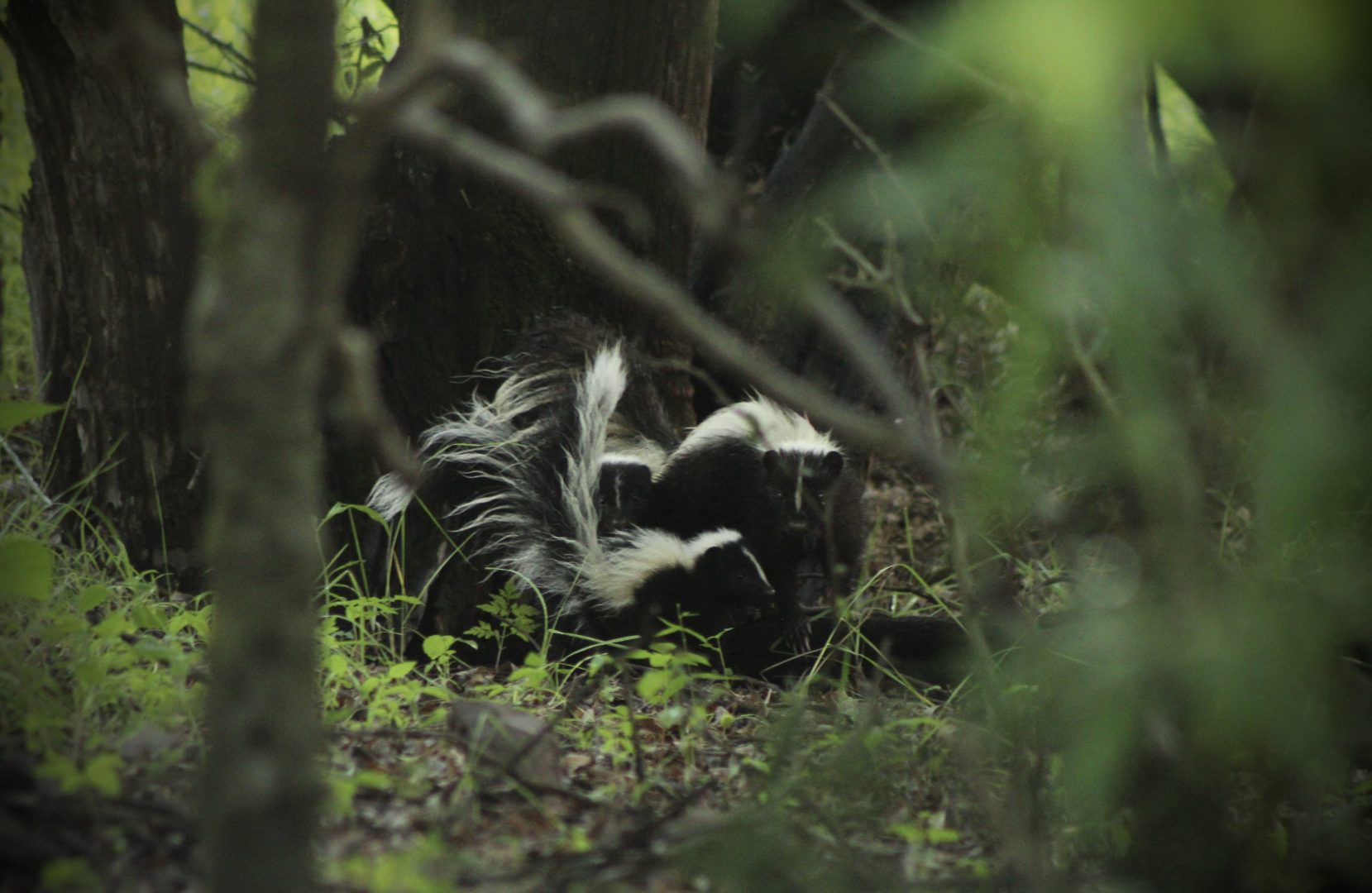
In some moment at Cuenca, the night shift awakens: hooting owls, ambling skunks, all the wonders that animate the after hours. Nocturnal happenings are especially interesting because that’s when jaguars are active, so we let our eyes adjust to the dark. The moonflowers of the sacred datura bloomed before us, pollinated by giant hawkmoths. We watched firefly lanterns glow, imagining the eyeshine of a big cat. Every species of flashing firefly has its own pattern – like a human fingerprint or a jaguar’s rosettes – that lets individuals recognize their kind. Fireflies rely on moisture, which of course is why we saw them at water-rich Cuenca.

There are vast areas of Cuenca that seem like they would qualify for dark sky status, with the Milky Way on full display. We talked about how this darkness plays a role in maintaining healthy ecosystems, and whether jaguars prefer the bright light of a full moon to hunt and move around or if they are creatures of the starlight, using their exceptional night vision on moonless nights to ambush prey. In the mythology of some ancient cultures, the jaguar’s coat was viewed as a map of the celestial heavens, their spot patterns resembling a sky full of stars.
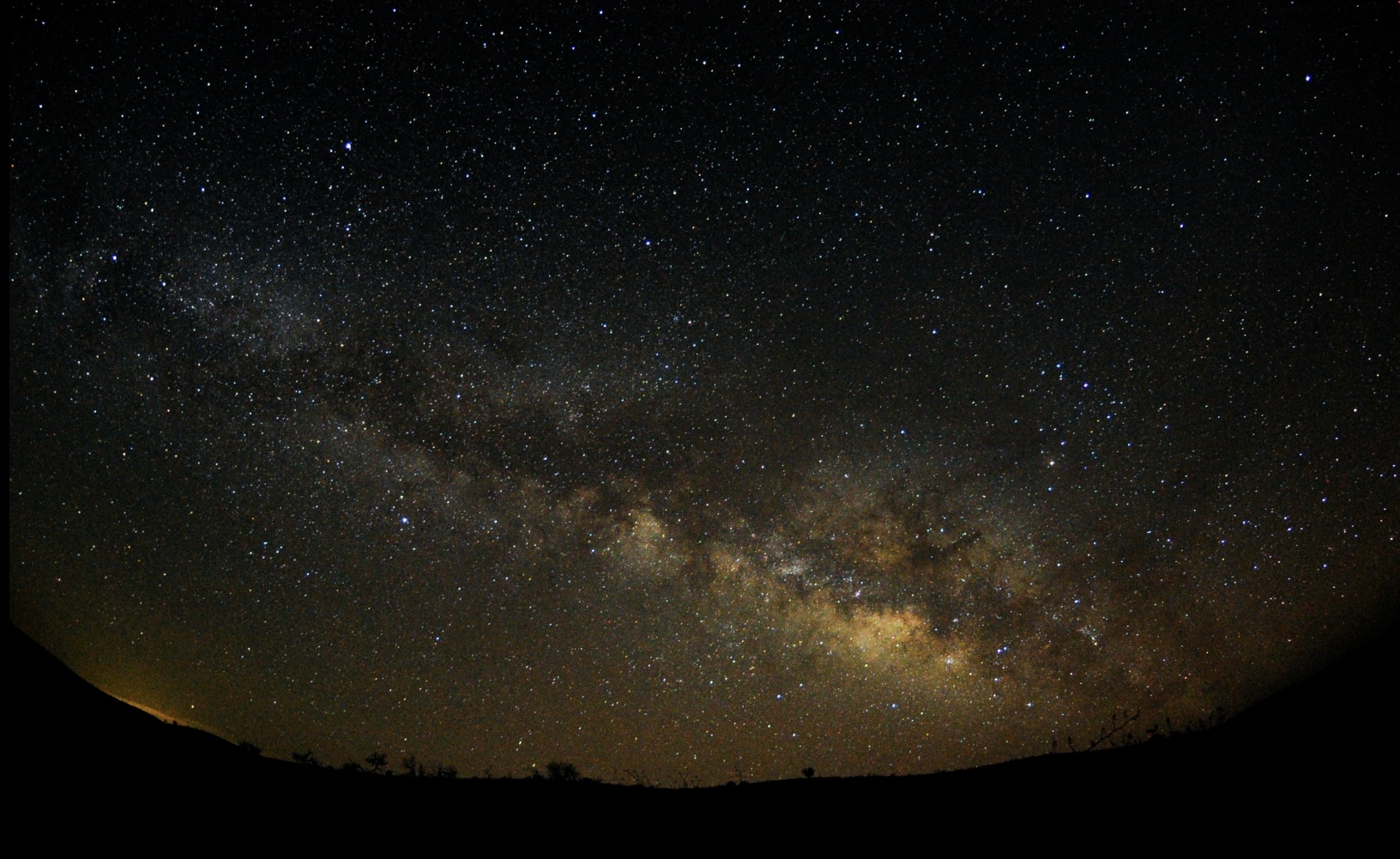
Jaguars, ocelots, wolves, and bears need Cuenca – and so do we – for the deeper connections with nature it fosters. Caring for this planet that we live on is what ultimately motivates us to work every day. That feeling is palpable among the team at Cuenca as well.
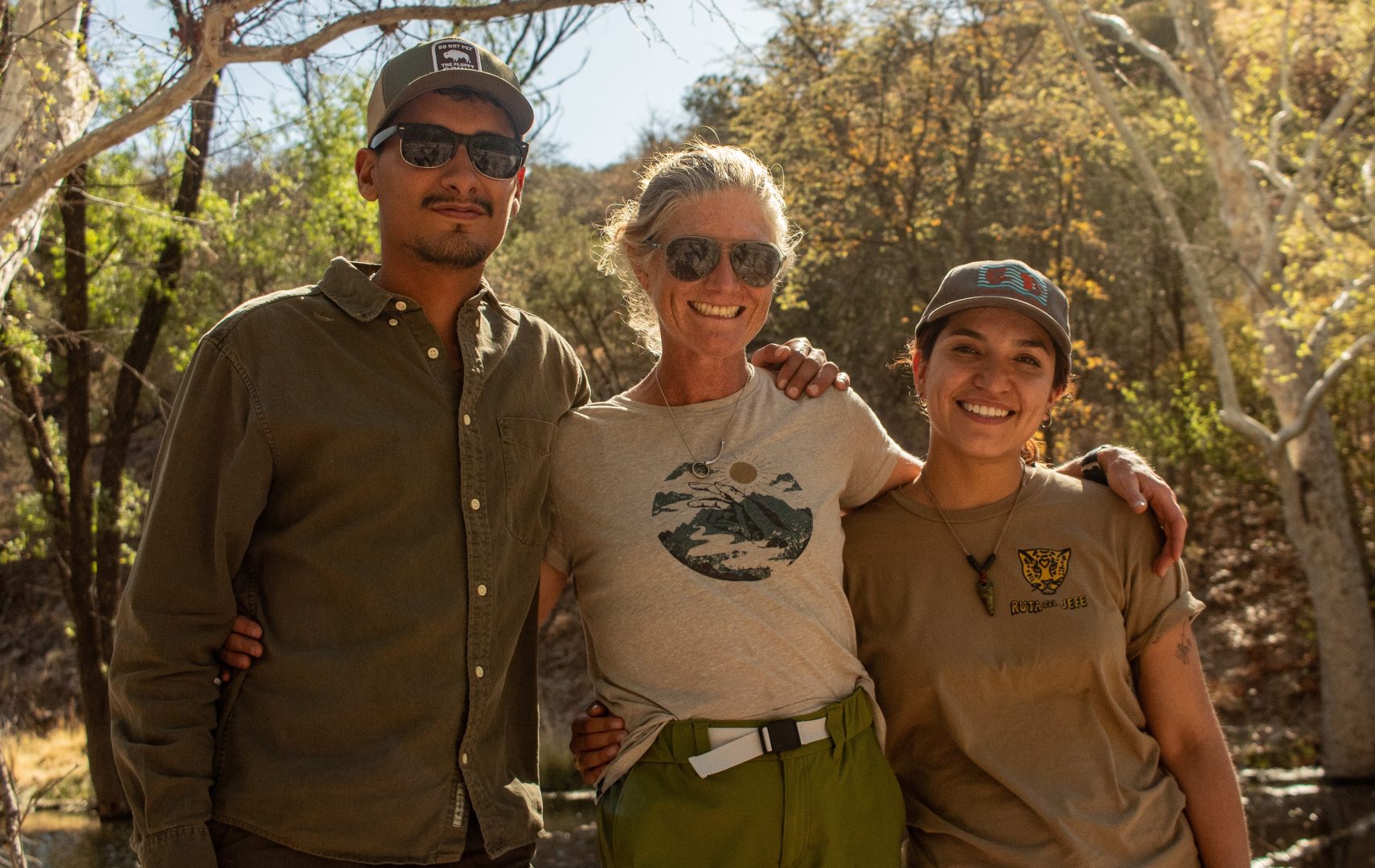
Their mission may be to provide safe, suitable habitat for wildlife, to implement riparian restoration, recover grasslands, and to reconnect fragmented landscapes where all species thrive. But they also offer this joyful, cross-border collaboration and cooperation that is an antidote in bleak and polarizing times. Cuenca shares a boundary and is a next-door neighbor with Arizona and New Mexico. With the intense attention on the border region, what people who are far away need to know is how consistently tranquil, beautiful, and important this place is.
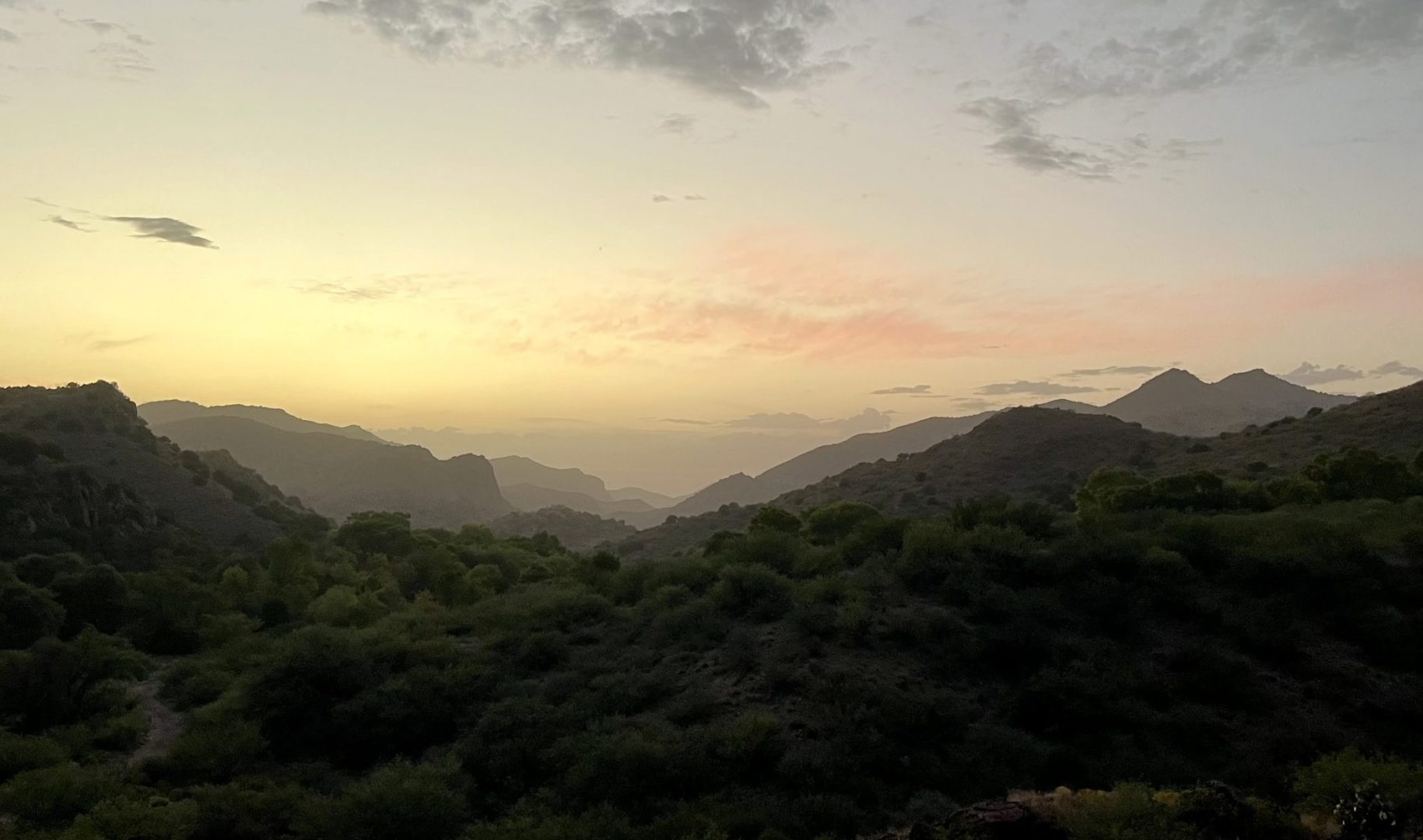
From up on the highest ridge, it is possible to look far into the distance in every direction and grasp that this is a point of convergence. We could see the tallest peaks of the Chiricahua Mountains to the north, where a jaguar named Sombra lived not long ago. Down in the valley, the San Bernardino National Wildlife Refuge is adjacent to privately protected Malpai Borderlands Group ranches, where other modern-day jaguars have occurred. To the south lies an expansive, rugged landscape with minimal human intrusion that includes the aptly named Sierra El Tigre.
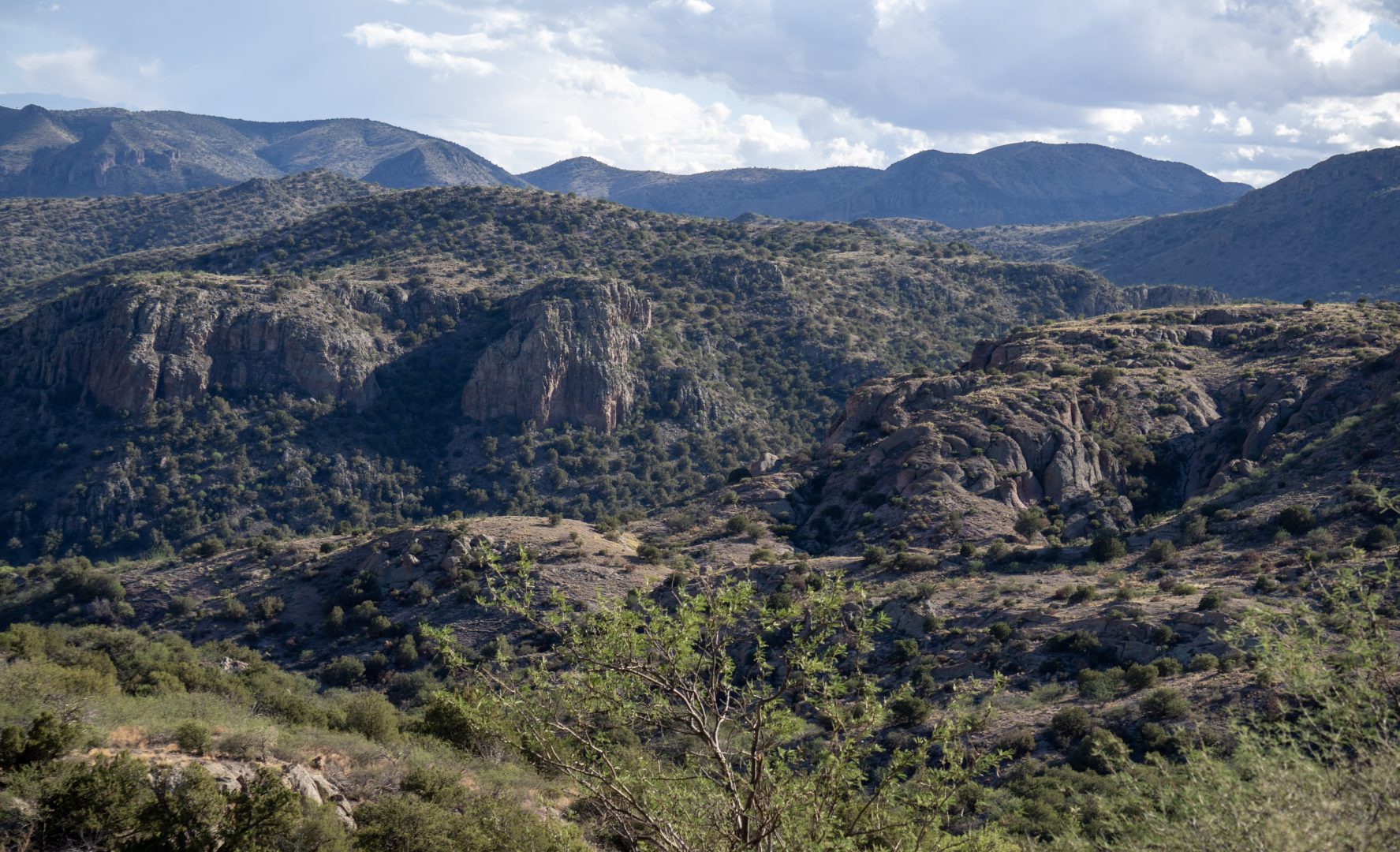
It was this southward corridor where we would next head to another hotspot in Sonora, more than 100 miles away and with a breeding jaguar population. The water from the Cajón Bonito becomes the Río Bavispe, meets the Río Aros, and forms the Río Yaqui, which then travels to the sea. We would float the Aros and Yaqui rivers to reach remote, isolated areas accessible only by water. A week after leaving Cuenca, standing waist deep in the muddy confluence of these rivers and looking north toward where we had been, we understood that all of this is connected and where jaguars roam.
Continued in part two: Where Rivers Roar and Jaguars Roam: A Wild Return
Jaguar paw, pawprint, and U.S.-Mexico border wall photos courtesy The American Southwest / Fin and Fur Films. Nalá with her cub at El Impenetrable courtesy Pablo Luna / Rewilding Argentina. Rock window by Alex Lucero; skunk family by Jorge Chacón; agave sunset, night sky, and sacred datura photos by Omar Caballero of Cuenca Los Ojos. To learn more about El Impenetrable: A Hundred Pawprints on the Road to Wildness.

